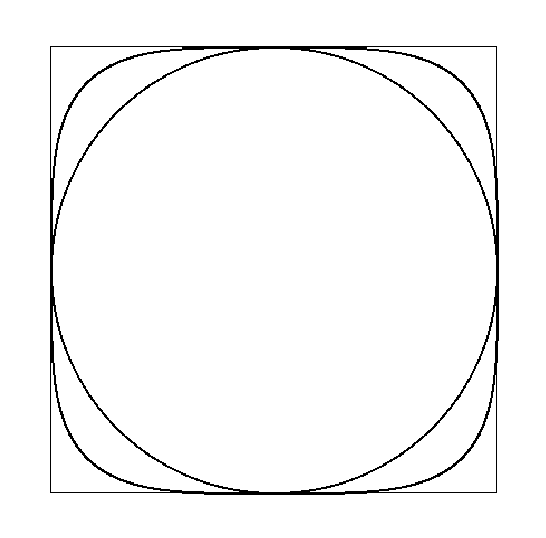
homeomorphism [hoh-mee-uh-mawr-fiz-uh m] Word Origin noun
- similarity in crystalline form but not necessarily in chemical composition.
- Mathematics. a function between two topological spaces that is continuous, one-to-one, and onto, and the inverse of which is continuous.
Origin of homeomorphism First recorded in 1850–55; homeomorph + -ism Also called topological transformation. Related formsho·me·o·mor·phic, ho·me·o·mor·phous, adjective British Dictionary definitions for homeomorphic homeomorphism homoeomorphism noun
- the property, shown by certain chemical compounds, of having the same crystal form but different chemical composition
- maths a one-to-one correspondence, continuous in both directions, between the points of two geometric figures or between two topological spaces
Derived Formshomeomorphic, homeomorphous, homoeomorphic or homoeomorphous, adjective Word Origin and History for homeomorphic homeomorphism n.
1854, from homeomorphous (1832), from homeo- + morphous (see metamorphosis); originally of crystals. Homeomorphic is from 1902.
homeomorphic in Science homeomorphism [hō′mē-ə-môr′fĭz′əm]
- A close similarity in the crystal forms of unlike compounds.
- A one-to-one correspondence between the points of two geometric figures such that open sets in the first geometric figure correspond to open sets in the second figure and conversely. If one figure can be transformed into another without tearing or folding, there exists a homeomorphism between them. Topological properties are defined on the basis of homeomorphisms.
 Liberal Dictionary English Dictionary
Liberal Dictionary English Dictionary